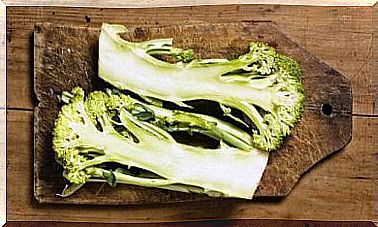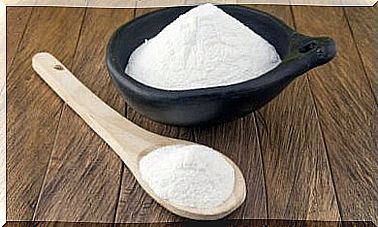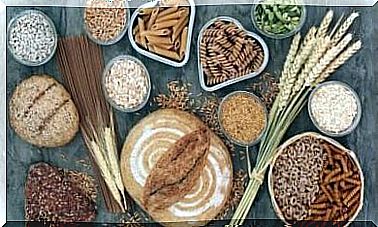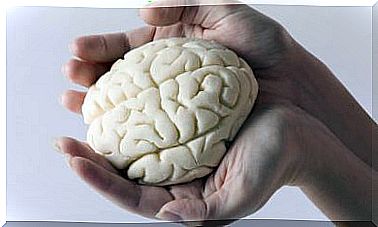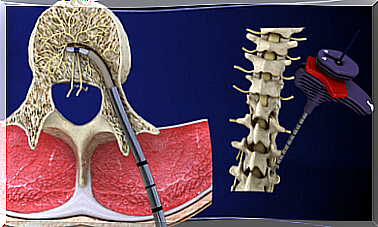Migraine Relief Diet: Know It!

Migraine is one of the diseases that most cause disability in the population. It is described as a throbbing, intense pain that affects one or both sides of the head. It often happens sporadically, but it can also be a chronic disorder. But it is possible to maintain a migraine-relieving diet that will help you.
In addition, despite its main characteristic being severe headaches, it may be accompanied by difficulty in vision, concentration problems and gastrointestinal discomfort. In addition, crises can last between 4 and 72 hours, being a reason for medical consultation.
There are currently a wide variety of drugs and medications that can help alleviate its effects. However, many managed to relieve it through food. In fact, even though there are many triggers, this could be the key to its control.
Advice for good diet to relieve migraine
Exposure to contaminated environments, excessive stress and hormonal changes are some of the triggers of migraine episodes. All of these can cause the arteries in the skull to dilate, giving rise to symptoms.

Likewise, a poorly designed diet rich in irritating foods can be a trigger. Because of this, it is critical to improve eating habits and identify foods that can cause or worsen a flare-up. In the following space we give you some advice.
Respect meal times
Keeping fixed meal times or avoiding going without food for more than three hours is a simple measure to relieve migraine. This allows you to keep blood glucose stable, which prevents drastic reductions in brain sugar.
Avoid the consumption of sweets
Consuming too many sweets makes us gain weight and makes it difficult to control levels of inflammation. Therefore, to improve the diet to relieve migraine, it is essential to avoid all sources of refined sugar (candies, jellies, syrups, vitamins, among others).
limit salt intake
Most people consume more than the recommended amount of salt, leaving its effects on the body unnoticed. What is certain is that excess sodium affects inflammatory processes and is a cause of fluid retention, circulation problems and migraines.
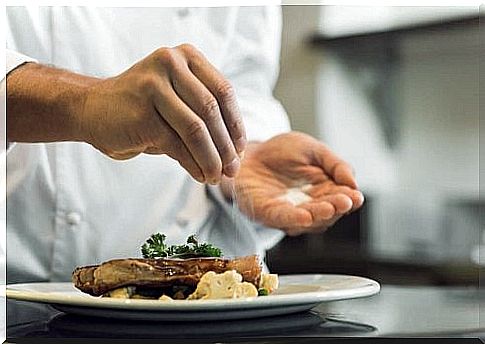
Do not drink alcoholic beverages
Certainly, the toxins that alcoholic beverages contain can help trigger migraine symptoms. In fact, they have a hypoglycemic effect that can cause drops in blood sugar and a feeling of fatigue.
Avoid mixing starches
Without a doubt, combining several sources of starch in the same meal can be the reason for migraines. This is due to the difficulties they cause in the digestive system, which can trigger an inflammatory reaction. Some examples of starches are:
- Bread and pastries
- noodles and rice
- Potatoes
- Beetroot
- Corn
- bananas
- Pumpkin
Diet to relieve migraine: allowed and prohibited foods
Regarding the diet to relieve migraine, she proposes to increase the consumption of foods that help control the symptoms. Furthermore, it implies restricting those that contain irritating substances that are associated with the emergence of this problem.
allowed food
- Olive oil
- lean fish
- Fresh vegetables and fruits
- White meat (chicken breast and turkey)
- Herbs and Spices
- whole grains
prohibited food
- chocolates
- Sausages (salami, bacon, hams, sausages, chorizo)
- Tanned and preserved foods
- Peanut butter
- coffee and black tea
- Ripe cheeses (cheddar, gouda or edam)
- Artificial condiments (spices, packaged soups, hot sauces)
- Refined flour or bakery products
- Sweets and refined sugar
- Fried foods and packaged snacks
Sample Diet Menu to Relieve Migraine
There are many alternatives to improve menus when there are migraine attacks. Below, we’ll share a simple example that can serve as a basis for improving your diet when suffering from this condition.

breakfast
- rice milk cup
- cup of whole grains
- chopped kiwi
Middle of the morning
- Infusion to taste (ginger, mint, cinnamon, etc.)
- Wholegrain toast with tomato
Lunch
- Infusion or tea
- Lentil salad with tuna and vegetables
- strawberry portion
Lunch
- Almond Milk
- Oat flakes with chopped fruit
Dinner
- Pumpkin cream
- Chicken salad
- Roast apple
